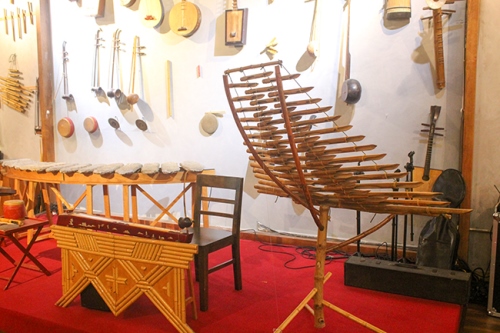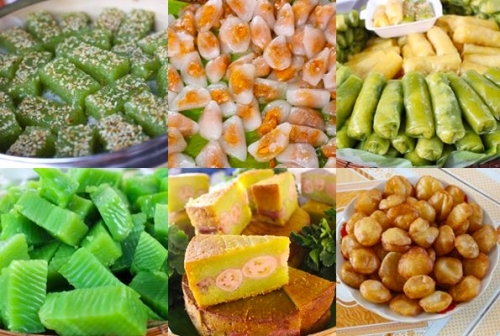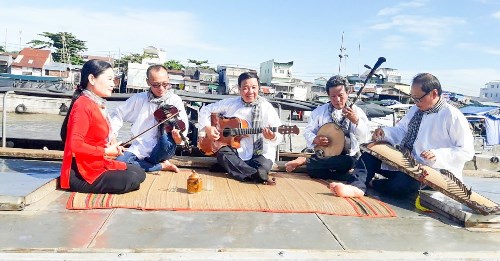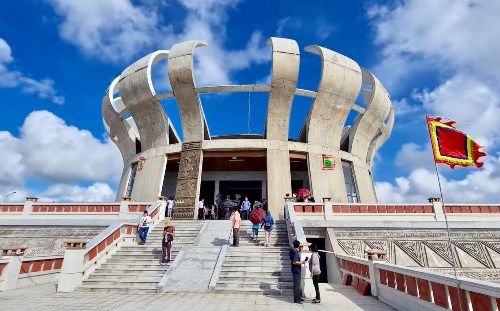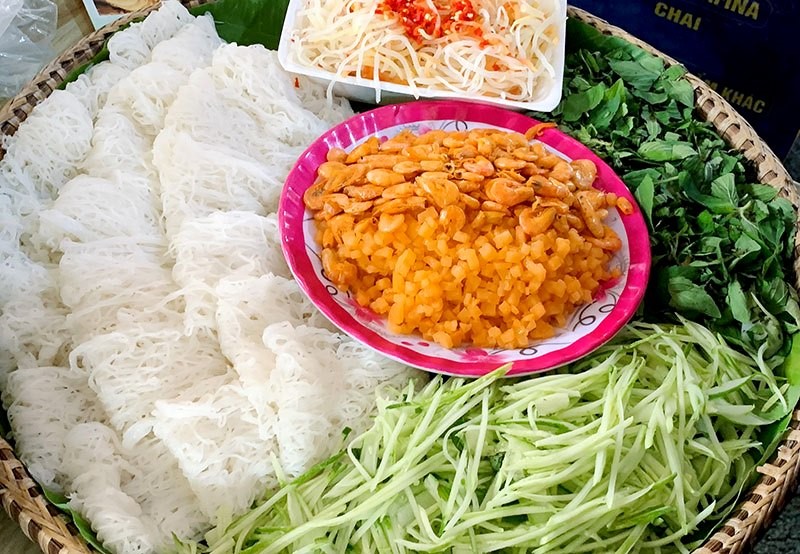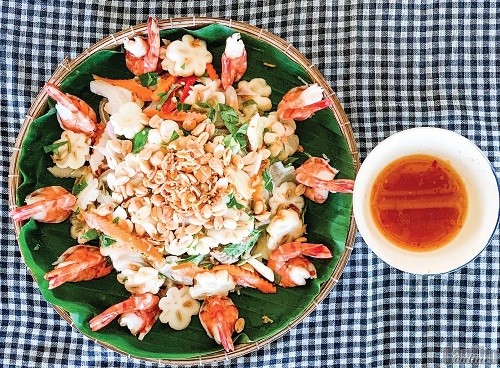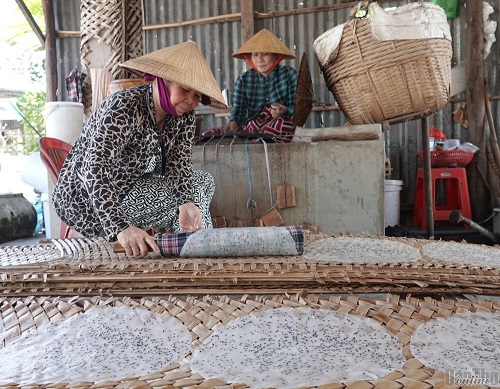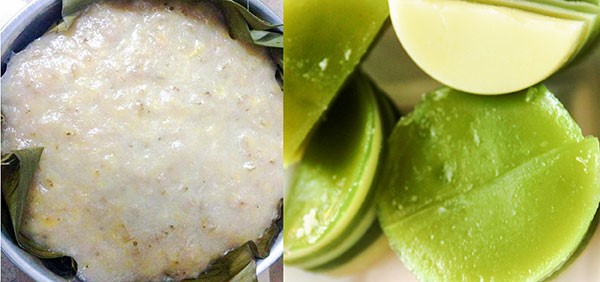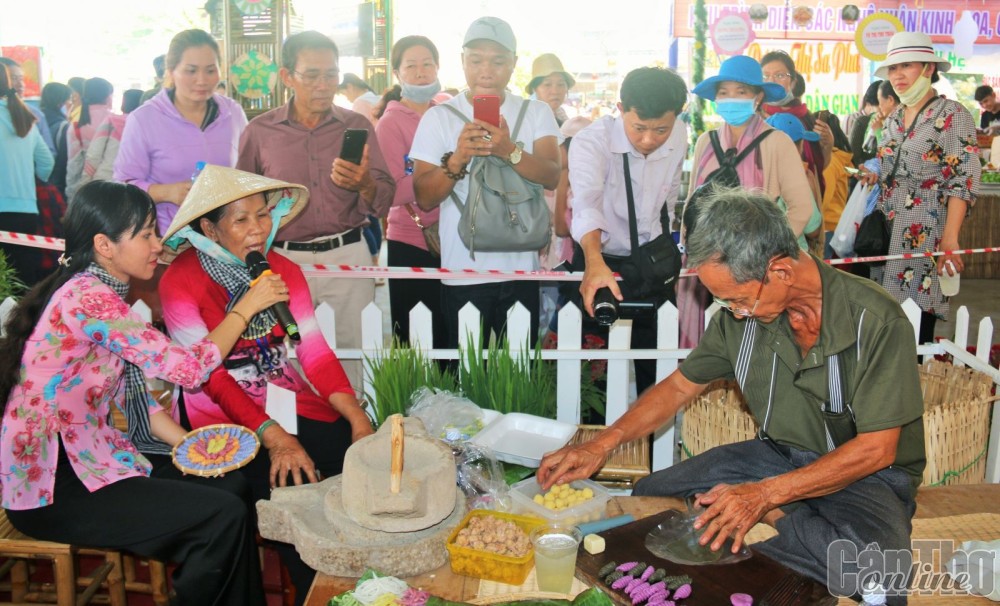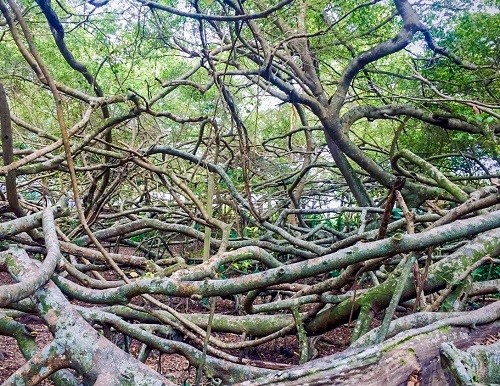
“Gua” is a typical tree of the Mekong Delta regional ecology, similar to the fig tree, and “Gian” is the term for its canopy. The region used to house a revolutionary base during Vietnam’s resistance wars and is associated with land reclamation in the 19th century.
Gan Giua currently covers an area of about 2,700 square meters, much smaller than it used to be, due to the aftermath of war and environmental impacts. It overwhelms visitors with many 150-year-old Gua trees, with large roots and branches intertwining to form an intricate and thick canopy, making it very difficult to identify which is the root and which is the branch. Some of the branches are left with traces of bombs. Gua (Malayan Banyan) is a typical tree of the flooded ecological area of the Mekong Delta region, associated with the history of land reclamation and Vietnam’s resistance wars of Phong Dien district.
Gian Gua is associated with land reclamation and the fight against foreign invaders during the Nguyen feudal dynasty. Legend has it that in the middle of the 19th century, migrants from the Tien River reclaimed fertile land in Nhon Nghia commune, a majority of them belonging to the Nguyen clan.
As a remote area, Gian Gua provided shelter and camouflage for revolutionary forces. It often hosted important meetings of the Party Committee of the Southwestern Military Zone. Between 1961 and 1965, a special force was trained in this area to prepare for the 1968 Spring Offensive and Uprising, a strategic turning point in the resistance war against American imperialists. This was also the base of the Vietnamese soldiers who liberated Can Tho city in April 1975.

Moreover, Gan Giua is also a typical natural ecological area in Can Tho city. Coming to Gian Gua, you will be overwhelmed by the grandeur of the primeval Malayan Banyan trees, with large roots and branches intertwining to form an intricate and thick canopy, making it very difficult to tell which is the root and which is the branch. This creates a unique landscape and a highlight of Phong Dien district.
Coming here, you will surely have unique and impressive photos. Furthermore, you can also participate in the traditional festival of Thuong Dong Co Hy, to pray for peace in the country, good weather, and bountiful harvests.

On April 5th, 2013, the People's Committee of Can Tho city issued a decision to classify the Gian Gua area as a city-level historical relic site. Later on June 13th, 2013, the Gua tree was recognized as Vietnam’s heritage tree by the Vietnam Association for Conservation of Nature and Environment (VACNE). This is to preserve the ancient plants typical of the Mekong Delta. This is the first heritage tree of the Mekong Delta and the only heritage tree of Can Tho city.
Currently, there are 2 ways to the Gian Gua historical relic site. The first one is from the center of Can Tho city, you follow Lo Vong Cung Street in My Khanh commune, Phong Dien district. Then, you get on the ferry to travel to Nhon Nghia commune and ask for directions to Gian Gua historical relic site. The second one is from Can Tho to Hau Giang route, you turn onto Highway 61B (route to Vi Thanh). Near the foot of Rach Sung Bridge, you turn left. There you will see a signpost to enter Gian Gua historical relic site. Keep in mind that the road to the relic is too narrow for 4-wheel vehicles to enter, so you should take motorbikes instead.
Source: Tourismcantho.vn – Translated by Hoang Dat





